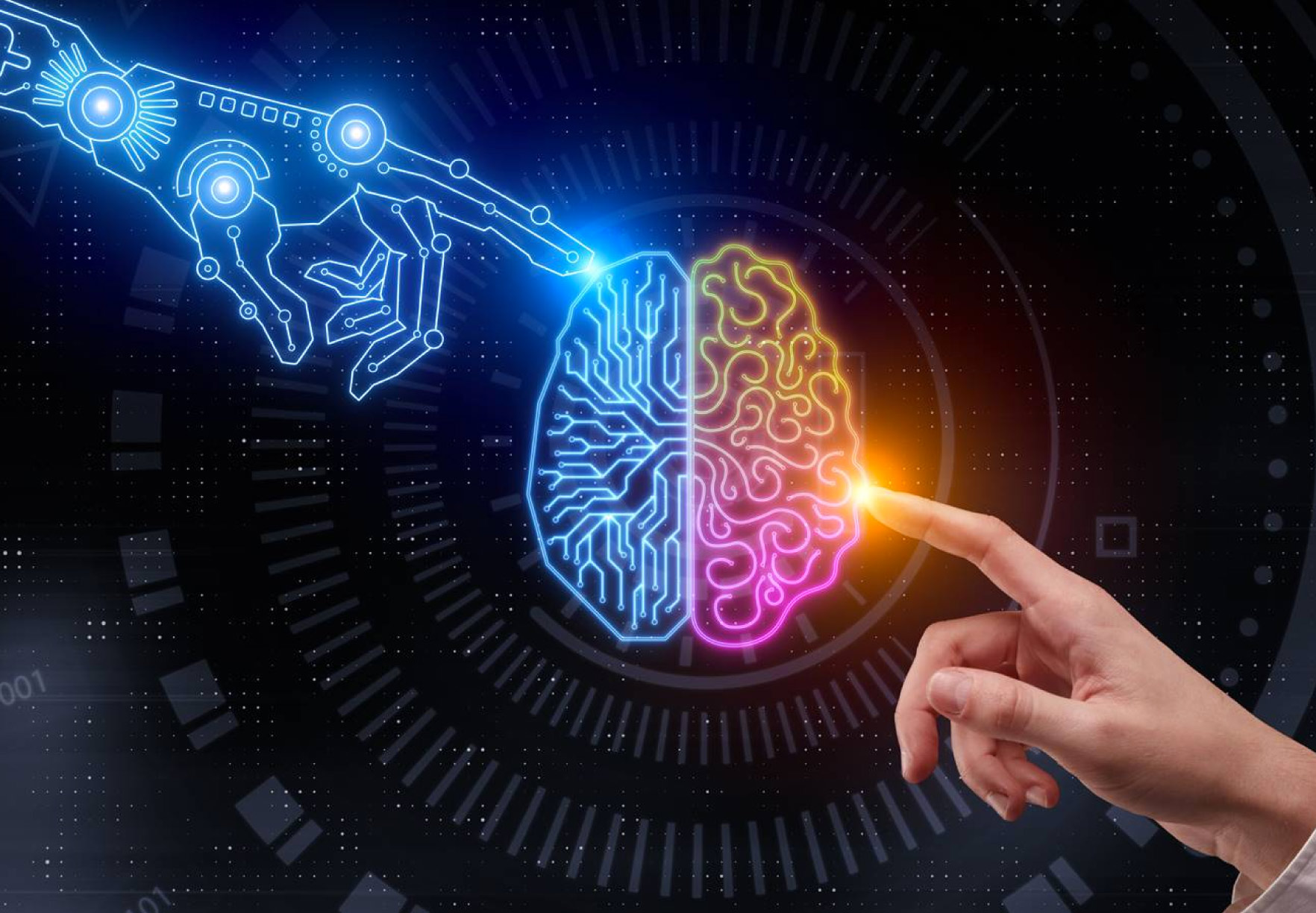
Over the past couple of years, you have frequently heard the term Artificial Intelligence. Whilst Artificial Intelligence continues to evolve and embellish more user-friendly, the responsibility is on you to learn the relevant skills of this emerging technology for the future.
If you are a newbie to Artificial Intelligence and would like to explore it in-depth? Then you are at the right place, this article enlightens you about a depth explanation of the history, types and future of Artificial Intelligence.
Artificial Intelligence is the combination of science and engineering of building intelligent machines, specifically intelligent computer programs. It is achieved by analyzing the cognitive process and the patterns of the human mind. The product of these research and studies encourages the creation of intelligent software and systems.
AI programming objects on three main cognitive skills:
Read: Why AI is important in online education
The electrifying journey of Artificial Intelligence is actually set in motion in 1956. That is the timeline where John McCarthy introduced the term AI.
Artificial Intelligence in 250BC:
Wondering, how? Well, it all initiated a centuries back in 250 BC when Ctesibius, a popular Greek mathematician and inventor, built the very first artificial automatic self-regulatory system.
Evolution of AI from 380BC to late 1600s:
Renowned philosophers, mathematicians and theologists conducted in depth research and published reports that contemplated over numeral and mechanical techniques. For example, the theologian and the catalan poet Ramon Llull publicized The Ultimate General Art, easing his access of endorsing paper-based mechanical techniques to create fresh knowledge via mixture of concepts.
Artificial Intelligence From 1700 to 1950.
In the 1700s:
Jonathan Swift has published the novel “Gulliver’s Travels“, the novel thrived to explain enhancing the knowledge and mechanical operations till the least talented man would seem skilled via the knowledge and encouragement of a material mind which simulates AI.
From 1900 to 1950:
1921: Czech plyaright Karel Capek realeased scince fiction play called “Rossum’s Universal Robots”. The main aim of the project was to highlight factory-made artificial people whom the director named as robots.
1925 to 1950: Sci-fi movies, small robot projects, novels and including other digital gadgets, research-based findings based on Artificial Intelligence escalated, giving rise to a drastic advancements in the sector.
A New Era For Artificial Intelligence from 1950 to 2000!
1950 to 2000:
1950: The father of information theory Claude Shannon published the first article on developing a chess–playing computer algorithm.
1959: Arthur Samuel introduced the term “Machine Learning” as he was passionate about computer programming for playing a chess game that could play and compete against live human players.
1966: MIT professor Joseph Weizenbaum developed the first natural language processing computer program that is the first chatbot, Eliza.
1970: Waseda University which is located in Japan has developed the first anthropomorphic robot called WABOT-1 which has included movable limbs and conversing and observing ability.
1981: Japanese Ministry of Internation Trade and Industry allotted $850 million to the 5th generation computer project. The main motive of the investment is to create computers that could perform interactions, think like human beings, and analyze pictures.
1998: Dave Hampton and Caleb Chung developed a domestic robot Furby.
Revolution of Artificial Intelligence from 2000 to 2021:
2009: Google developed a driverless car. Additionally, the car has managed to pass Nevada’s self-driving test.
2010: Built-in, a voice-controlled personal assistant called Siri was introduced by Apple, specifically designed for Apple users. The voice assistant was capable of observing, comprehending, suggesting, and responding to information to users by enhancing voice commands.
2014: Amazon has come up with a groundbreaking concept called Alexa, which functions as a smart speaker acting as a home assistant.
2016: Google introduced a smart speaker Google Home, which functions as a personal assistant adopting AI.
2018: AI model introduced by Alibaba scored the highest competing humans in a Stanford University comprehension and reading test.
2020: OpenAI GPT-3, was developed in May 2020. This project model creates text by adopting algorithms that are pre-trained.
This kind of machine or robot will not include any data or memory to work with, specifying in just one portion of work. For instance, this kind of machines observe the moves and makes the suitable decision to win in a chess game.
These kind of machines accumulate historical data and carry on adding it to their memory. They hold sufficient memory to make best decisions. For instance, these kind of machines can recommend a restaurant depending upon the past location data that has been collected.
These kind of Artificial Intelligence machines can recognize emotions, thoughts, and interact publicly. Moreover, currently there has been lot of research going on in this area.
These kind of machines will be more concious, sentimental, and intelligent.
Maximalists in the sector predict that Artificial Intelligence will easily outpower humans at every tast within next 50 years. The present research and trends in AI has been exceptional. Every day, we listen to interesting stories related to machines and systems taking on tasks, we have recently witnessed that AI is making medical diagnoses, designing buildings, drafting legal documents and composing music.
In the upcoming days, Artificial Intelligence has the terrific potential to disrupt Manufacturing, Transportation, Healthcare, Media, Education, Customer service and more.
Powered by "WordPress" Theme: powered by:WordPress Design By "WordPress"